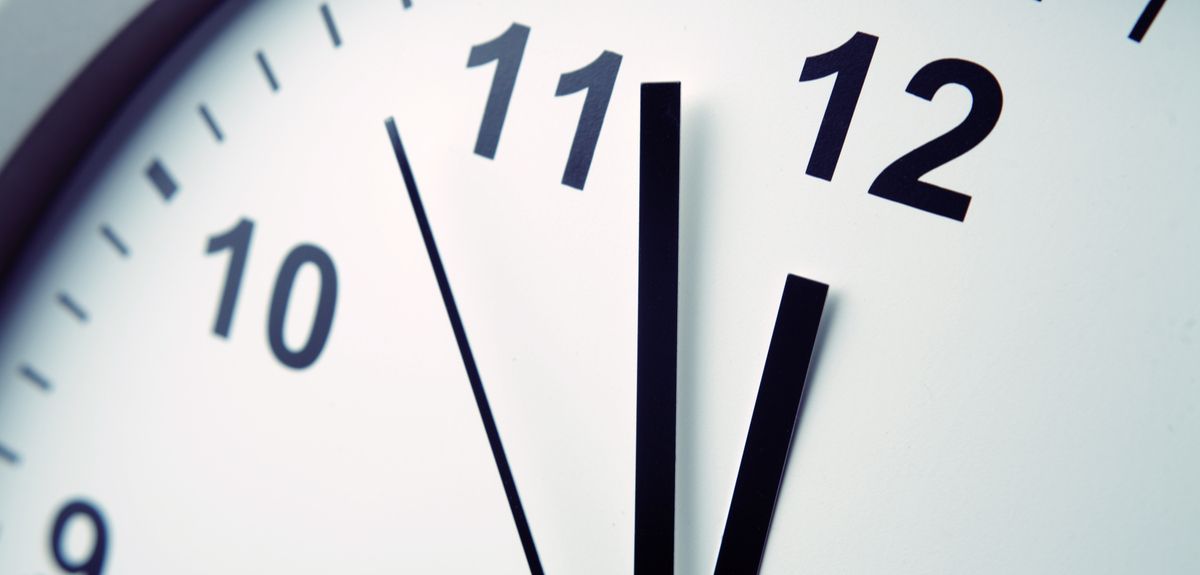
Can viruses hijack their hosts' circadian rhythms?
By Professor Jane McKeating, Nuffield Department of Medicine
Our lives are so often dictated by time - it seems like we are not the only ones.
Most living things are aware of the time of day and respond through endogenous biological rhythms, with an approximate cycle of 24 hours. This “circadian clock” controls a range of biological processes including hormone secretion, metabolic cycling and immune protection against pathogens. More recently, the circadian clock has been shown to influence viral infection by altering the host pathways essential for their replication.
Circadian rhythms are everywhere and so are viruses - the interaction between them is both incredibly fascinating and perhaps unsurprising.
Hepatitis B virus (HBV) is a globally important pathogen, with over 270 million individuals infected and at risk of developing liver disease or cancer. A cure for this virus is urgently needed. Dr Xiaodong Zhuang, researcher in the McKeating Group laboratory, recently showed that circadian rhythms influence HBV replication. This research found that the key circadian transcription factor (BMAL1) binds the HBV genome. This ‘intimate’ virus-host interaction promotes viral infection in cells and in animals models, providing exciting avenues for the discovery of new anti-viral drugs. Interesting questions remain to be answered as to whether HBV infection can 'reset' the clock and how this may impact liver cancer development.
Being in synchrony with your body might mean being in synchrony with your viruses.
The circadian clock is thought to be around 2.5 billion years old, tracing back to the cyanobacteria that released vast amounts of oxygen during the Great Oxidation Event. Interestingly, many of the elements of our oxygen sensing systems are homologous to those we use for sensing time, and there is growing evidence of an interplay between the circadian and hypoxia signalling pathways.
Work from the same lab by Dr Peter Wing and colleagues recently found that this ancient oxygen sensing system promotes HBV replication through the well-defined hypoxia induced factors. Has HBV co-evolved to use these two ancient pathways (circadian clock and oxygen sensing) to infect the liver? It seems plausible that such interactions will be found for many other viruses.
To find out more about circadian rhythms and HBV, read the full paper published in Nature Communications.